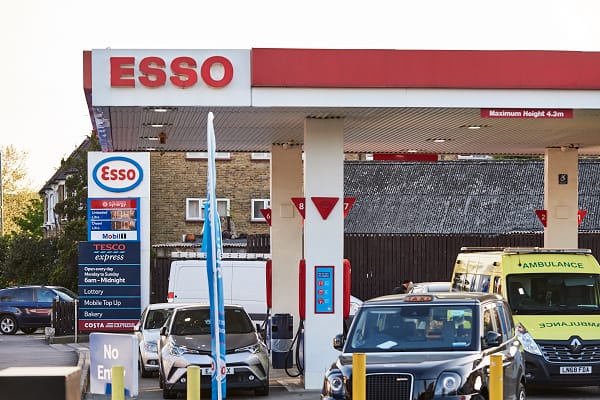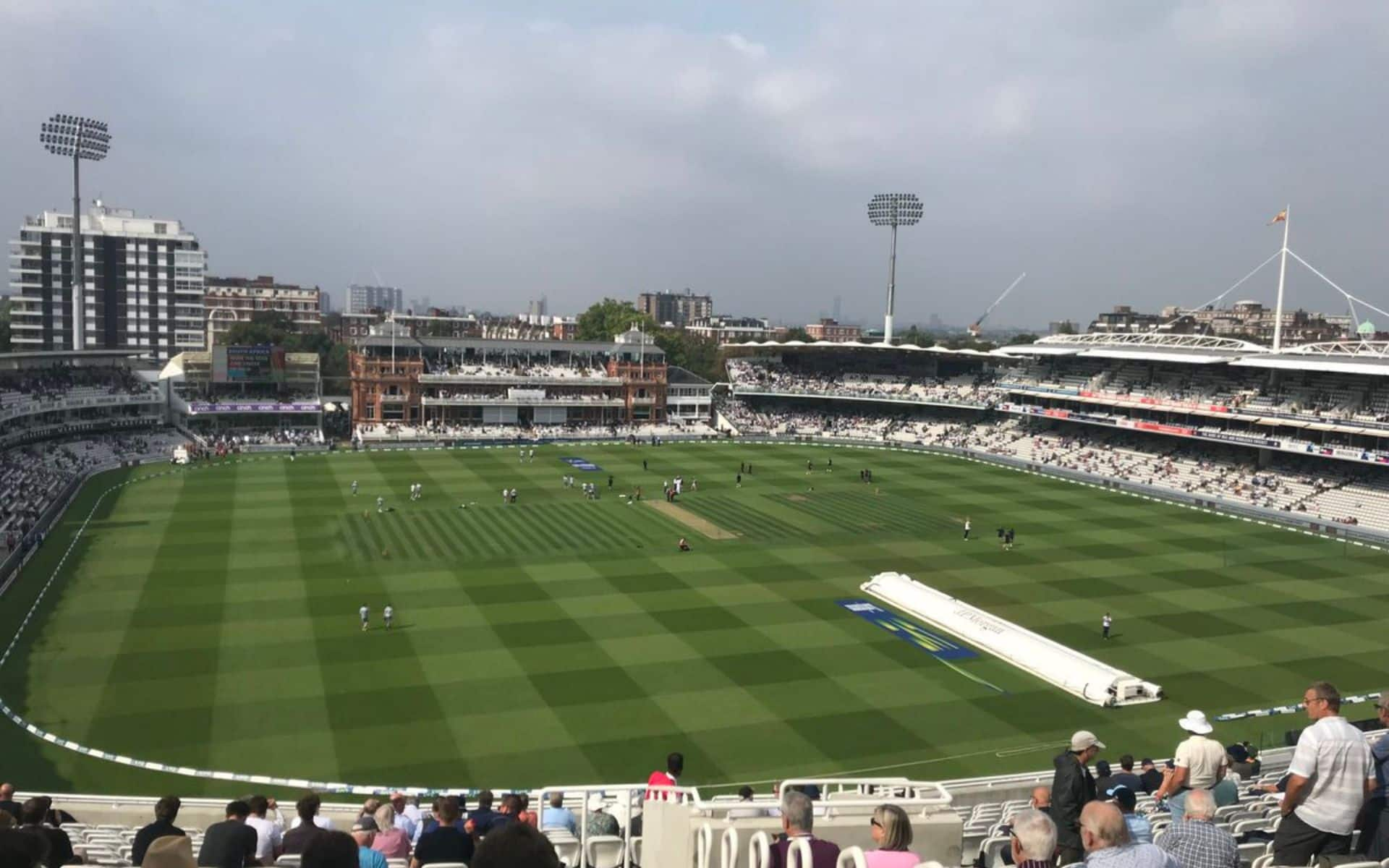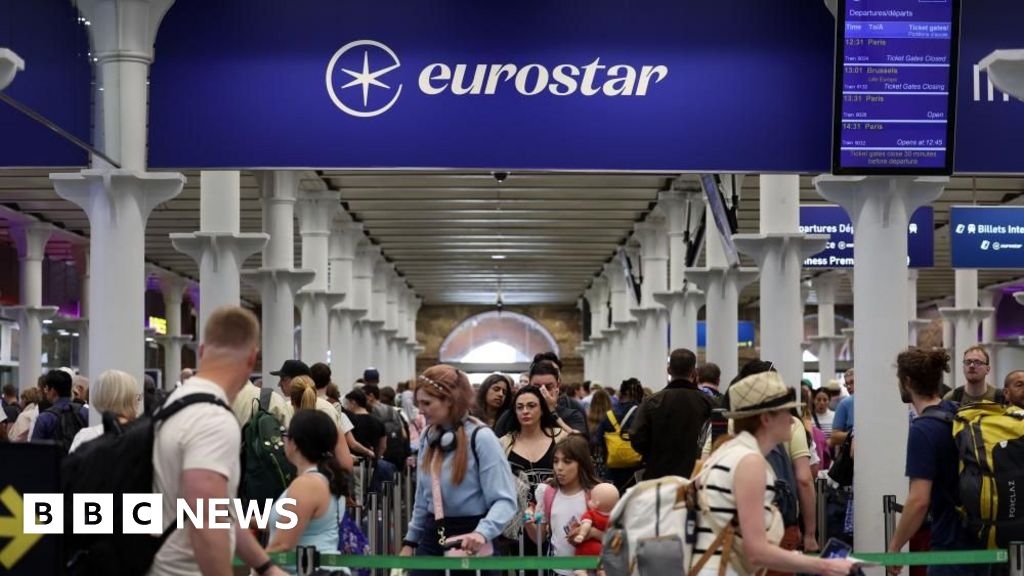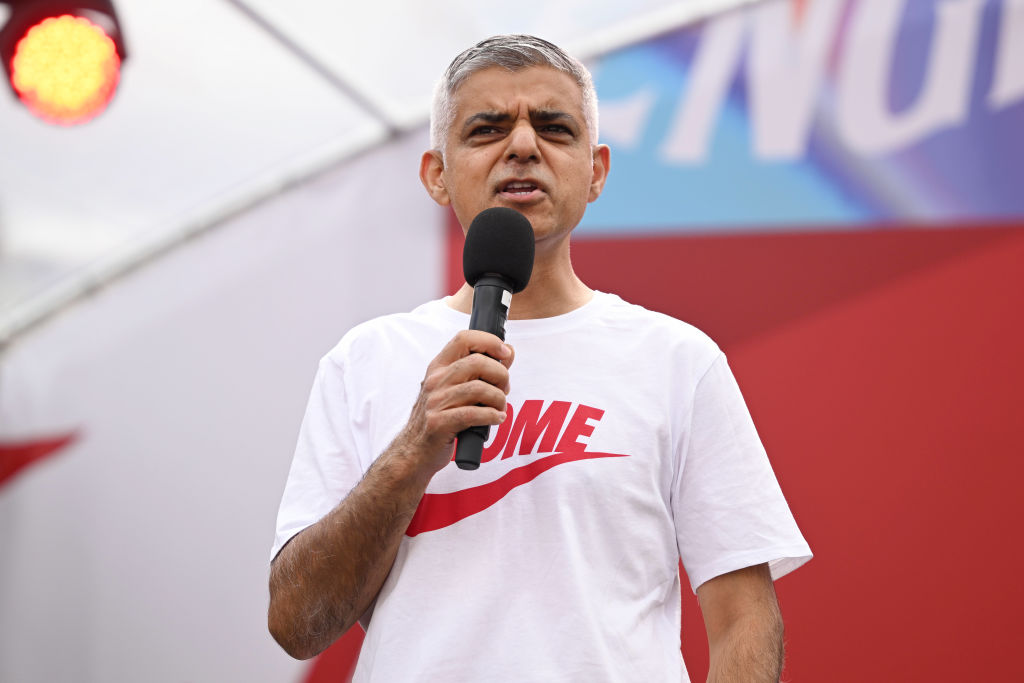Infra
Unusual lack of bridges in east London despite west London having 33

With a population approaching 10 million people, London has a vast number of bridges, tunnels and roads, making it one of the biggest transport networks in the world. However, there is one question that always pops into everyone’s mind when it comes to the number of bridges in the city.
The River Thames divides the city into two parts, prompting Londoners to construct numerous bridges over the years to facilitate transportation – but there’s a huge “east-west divide”.
Despite the abundance of bridges in London, the majority are located in West London.
There are 33 bridges spanning the Thames in west London. Comedian Jay Foreman in the third episode of his “Unfinished London” series, humorously explores the absence of bridges crossing the River Thames in East London.
Foreman, who has previously looked into the complex history of London Bridge and the relatively recent history of Tower Bridge, now delves into why east London missed out on many bridge-building plans.
He said: “Basically there are three reasons why it’s easier to build bridges in West London than East London. One. Geography. In the west, the River Thames is a narrow squiggly trickle where bridge building is easy.
“Two. Shipping. In the late 19th century, when London did most of its growing, it was the biggest shipping port in the world making bridge building east of the ports practically impossible. And that wasn’t going to happen. Three. No demand.
“Historically, East London has always been poorer and more sparsely populated than West London with no rich people to pay tolls and no important people to complain.”
Studies suggest that building new crossings in East London would generate both jobs and much-needed housing, which the city lacks.
An estimate suggests that by 2031, approximately 45,000 new homes could be constructed in the area if these crossings were built.
However, building further east faces some physical limitations. One constraint is the width of the river. At Tower Bridge, the Thames is 250m wide, but it widens to a substantial 570m by the time it reaches Dartford.
Another constraint is the height. The Thames in East London remains a busy shipping route, so any bridge must be tall enough for ships to pass under easily.









